The gardening world is firmly divided over the question of topiary. Should you prune a tree or shrub into a shape to resemble another object or shape, or should you leave the pruning shears safely in the shed? This type of garden decoration has gone in and out of fashion many times in gardening history, but there are places where topiary never goes out of style; Ladew topiary gardens is one such place.
Harvey Ladew had travelled widely in Europe and brought ideas home to his garden at Pleasant Valley Farm in Maryland, north of Baltimore. He planned the 22 acre garden to include long views and vistas across the garden, as well as secret surprise rooms hidden behind hedges. The famous topiary, shown below, was inspired by an English example of dogs and a fox running along the top of a hedge.
Today Ladew Topiary Gardens is visitor friendly with a cafe and gift shop, places to stroll and to sit, and plenty to look at. Maybe Ladew will inspire you to have a go at topiary in your own garden? Certainly cottage gardens in England, when I was growing up, often had something pruned on top of a hedge. My grandfather had a bird on a privet hedge, I seem to remember that it was a peacock. Don’t forget that the faster the hedge plant grows, the more times that you will have to cut it to keep the shape. Traditionally yew and boxwood were the top plants used for topiary as they are slow growing and do not need to be cut so many times a year. Anything evergreen can be cut to shape; all it takes is a growing tree or shrub, a sharp pair of clippers, and lots of patience.
The classic view of the topiary horses, riders and dogs at Ladew Topiary Gardens in Maryland
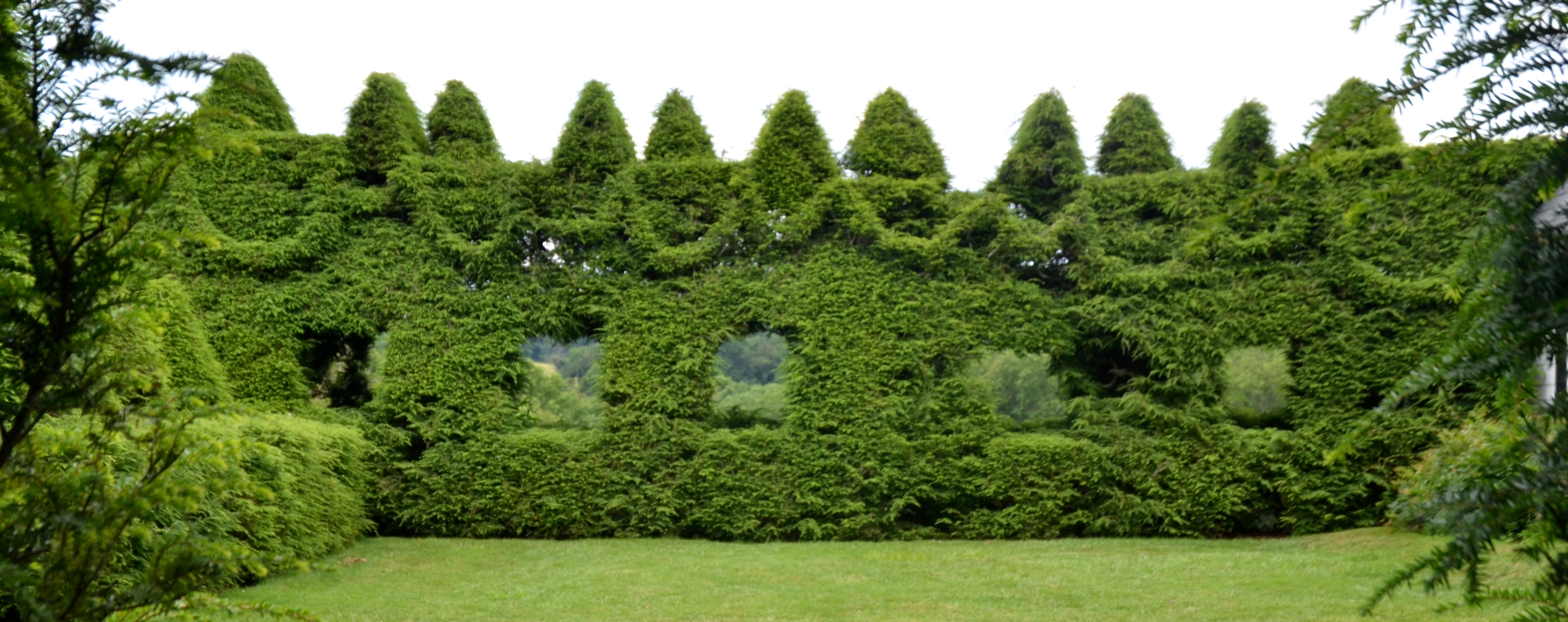
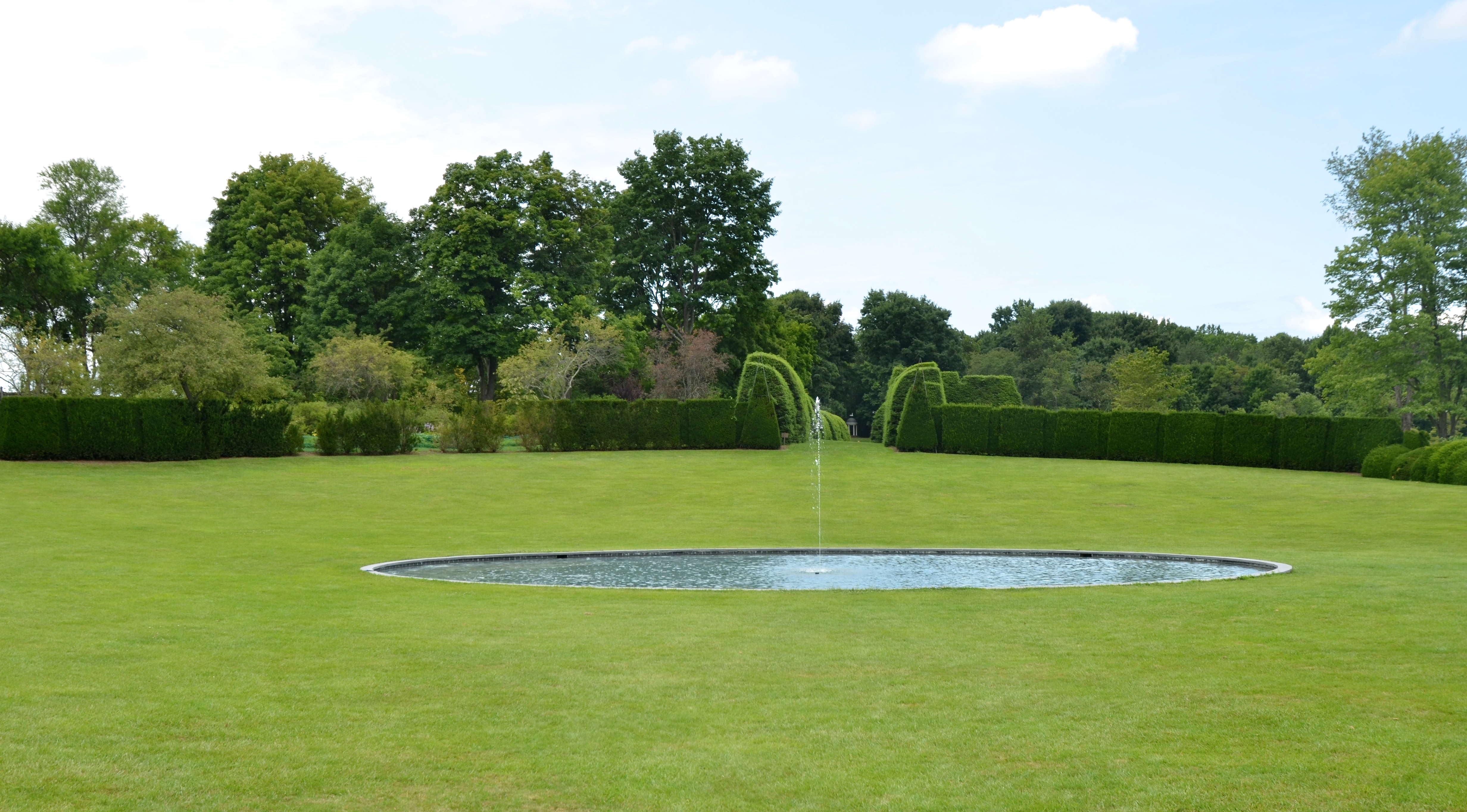
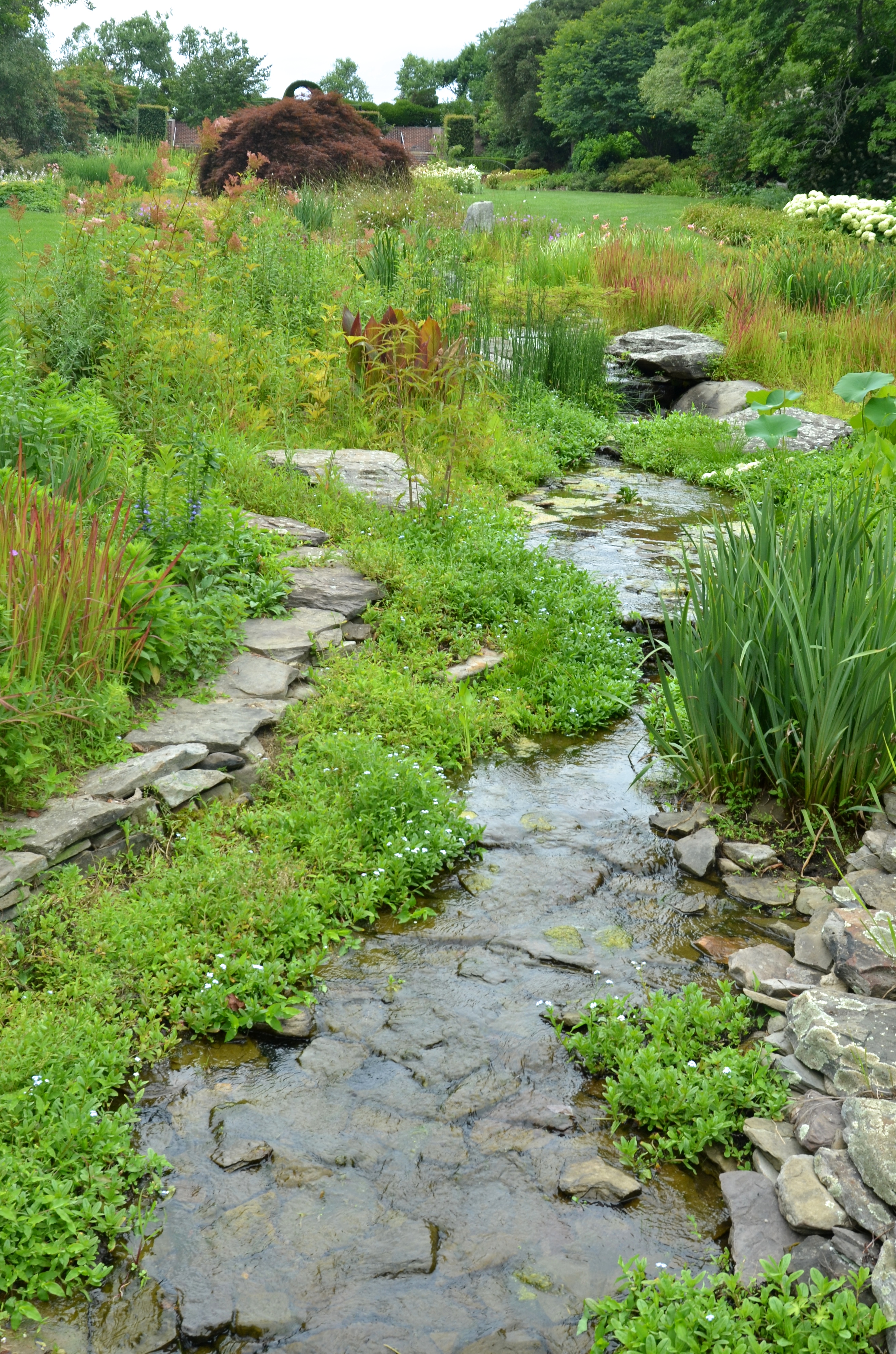
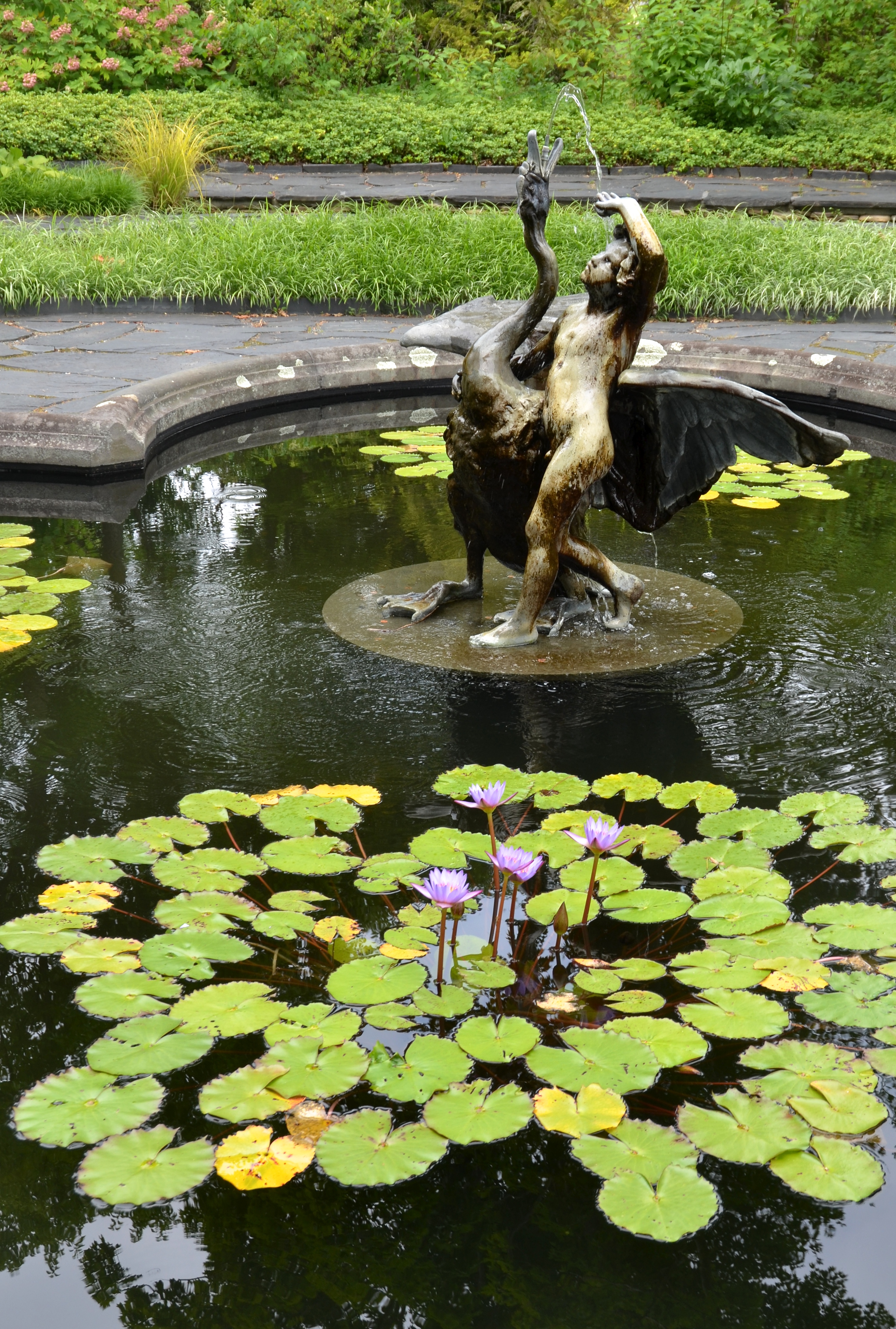

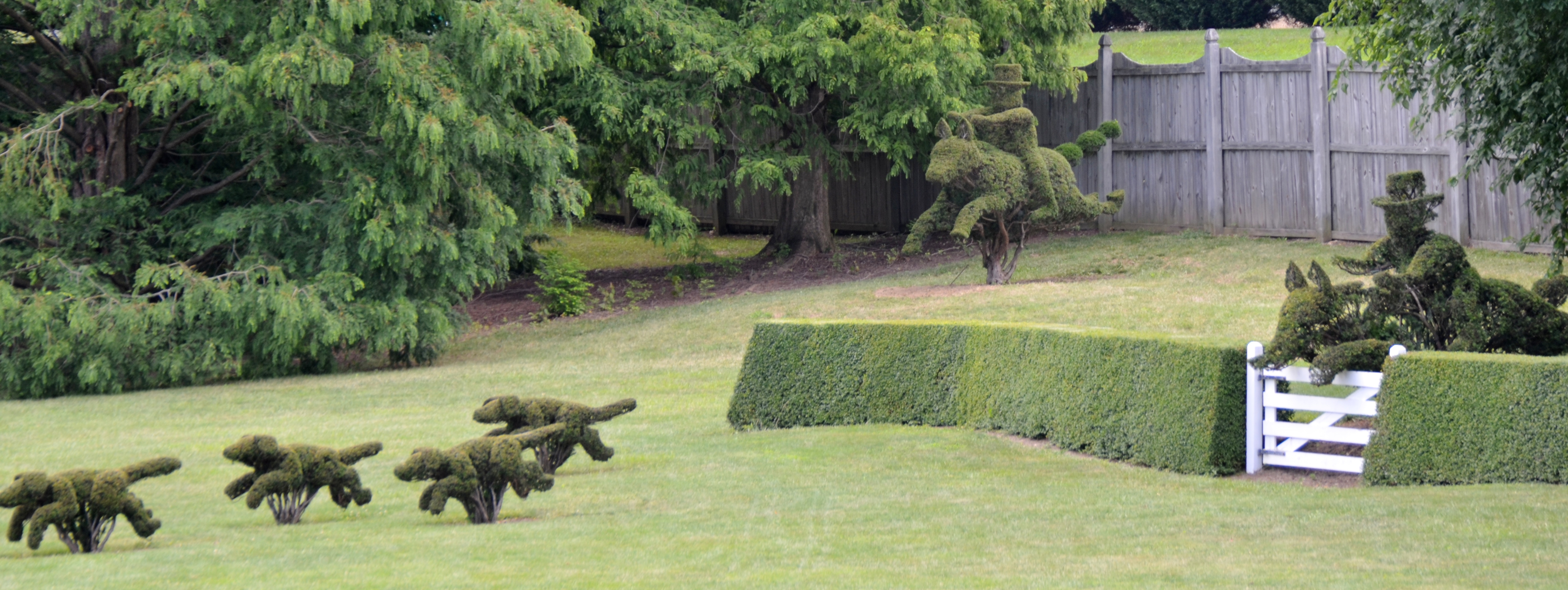



Leave a Reply